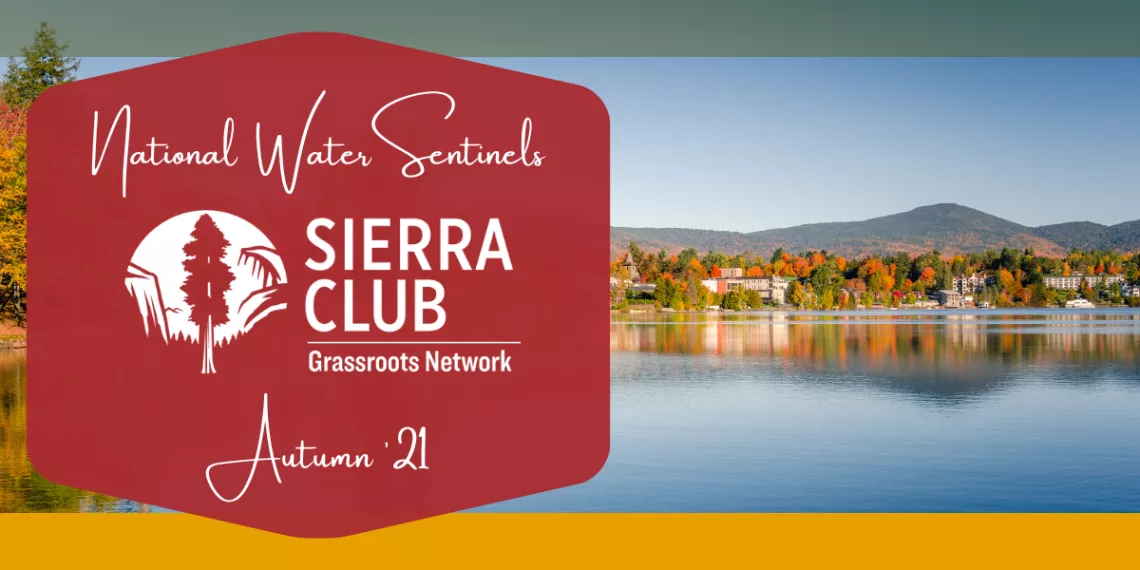
Success Story
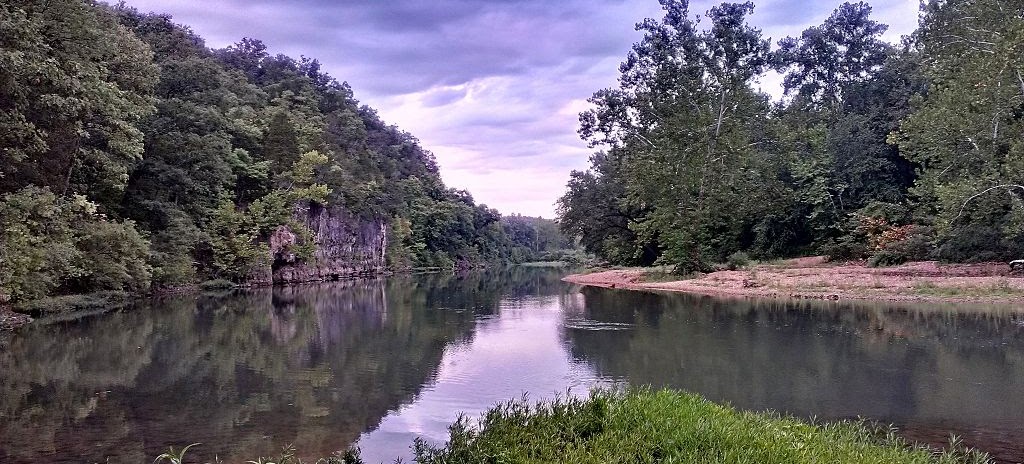
The Meramec River running past Onondaga Cave State Park in Missouri. Photo: Wikipedia
When voters overwhelmingly opposed the project in a 1978 referendum, the defeat of the Meramec Dam became a historic victory for the environmental movement.
In 1966 Congress authorized a plan to build 31 dams on the Meramec, Big, and Bourbeuse Rivers and their tributaries in Missouri. Over the next decade, Sierra Club and local activists rallied in opposition to the plan, particularly the primary dam on the Meramec River.
To learn more about the experience of working on such a high profile project, we spoke with Debbie Neustadt who volunteered with the campaign.
You grew up canoeing the Huzzah and Courtois creeks, tributaries of the Meramac River in Missouri. Why was protesting the dam important to you?
Debbie: Building a dam would not only destroy a place I loved to canoe but would impact the wildlife. Habitat would be drowned by the lake in back of the dam. Without knowing the story, I was speaking for the trees. I had watched the protests have an impact on our involvement in southeast Asia. It was an opportunity to do an activity I thought would have an impact on what was believed to be what citizens thought was the support or lack thereof for the project.
In 1978, voters said "No" to the Meramec Dam. How did that victory impact you as a water activist?
Debbie: I had heard about dams that were built against public opinion like the Hetch Hetchy dam. Having the dam defeated changes a fatalist attitude into one that anything is possible.
What lessons can water activists today learn from that campaign?
Debbie: The messages you use are still important today. Not everyone has to be for or against something for the same reason. People voted against the dam because of being a fiscal conservative. Others voted against it because it was changing canoeing on small fast moving streams to flat water of a lake.
Learn more about the Meramec Dam.
Writing: Margaret Hedderman
5 Things to Know About Water in the West
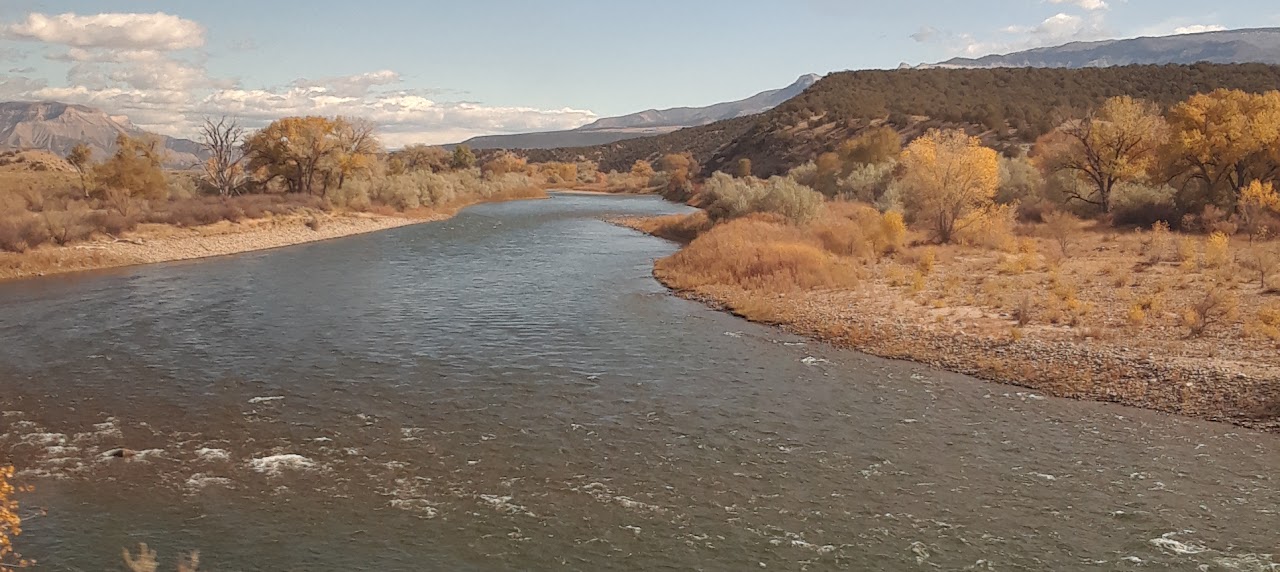
A stream in the western United States. Photo: Esther Chase
It’s no surprise: the American West is facing a myriad of water-related crises from drought to affordability for a growing population. There are a lot of factors at play, so here’s what you need to know to understand what’s going on.
While many areas of the West have been experiencing drought for the last twenty years, 2021 is the worst in decades with 25% of the region listed as “exceptional.” Read more.
The Colorado River, which supplies water to 40 million people, hasn’t reached the Gulf of California for decades, but is experiencing historic lows this year. The drought paired with over-consumption has made the river a key issue in Western states. Read more.
Extreme wildfires not only destroy millions of trees, but can damage the soil as well. Toxins such as mercury, cadmium and other heavy metals have been found in Colorado waterways as a result of last year’s wildfires. Read more.
Heat waves paired with dry weather have led to water shortages in many northern California towns like Mendocino. While climate change is a contributing factor, a lack of local and regional water storage is as much to blame. Read more.
Humans aren’t the only ones affected by drought. This summer’s high temperatures and low moisture is stressing wildlife in ways many species may not be able to adapt to quick enough. Read more.
These are among some of the key issues discussed in the Water Sentinel’s Western Waters subcommittee. To help raise awareness and solve for these challenges, please share this list widely among your contacts and consider joining us for our monthly calls to find out how you can get involved.
Writing: Margaret Hedderman
Nature Snapshot
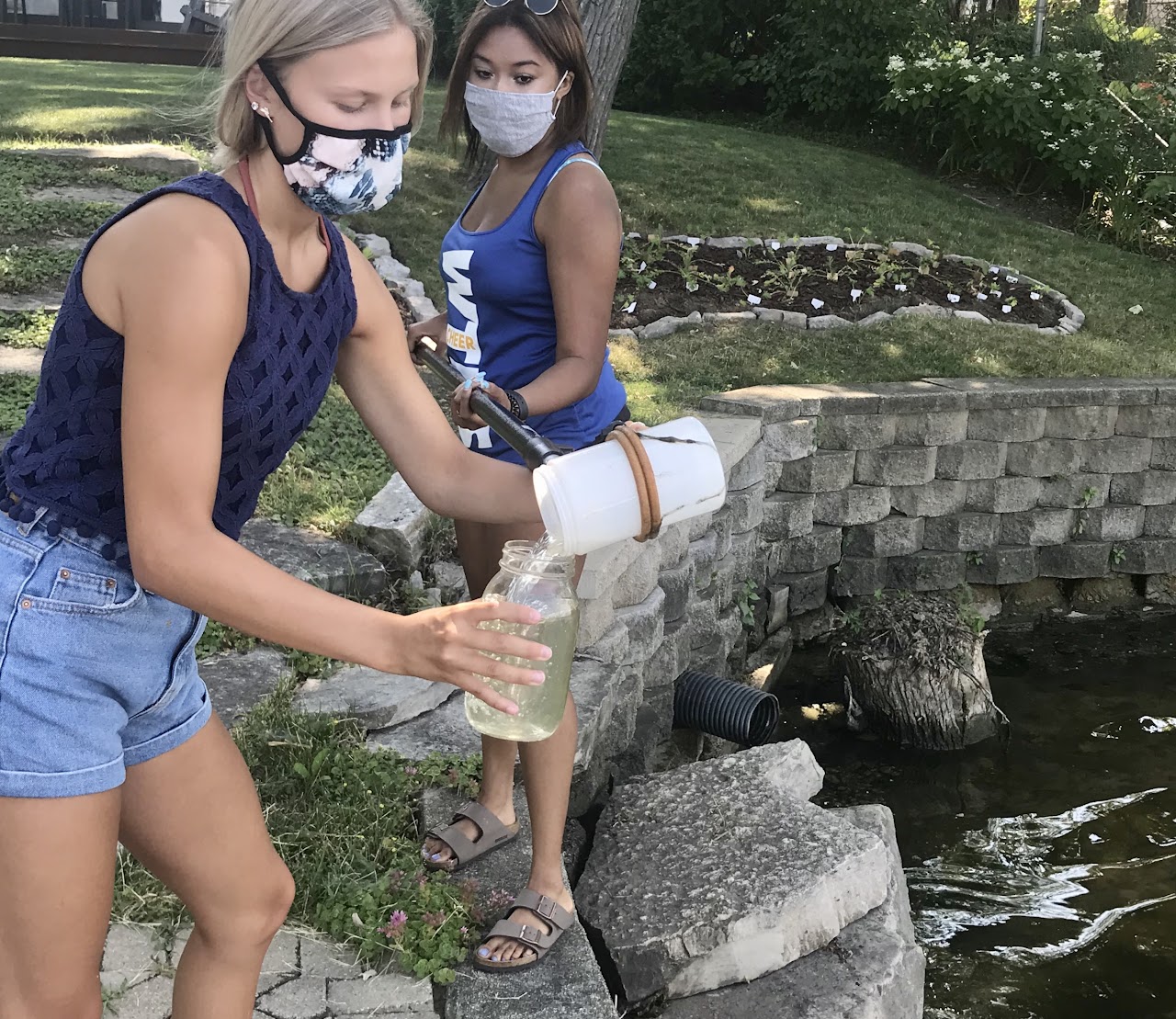 The Manitou Creek Clean Water Alliance (an Illinois Chapter Water Sentinels group) is starting its third year of providing recreational water users and their pets in the Squaw Creek watershed with an early warning system for toxic algal blooms.
The Manitou Creek Clean Water Alliance (an Illinois Chapter Water Sentinels group) is starting its third year of providing recreational water users and their pets in the Squaw Creek watershed with an early warning system for toxic algal blooms.
Here are volunteers Ashley Weihs and Destiny Franklin taking a water sample. They first test for Microcystins, a liver toxin, and if that is positive, test further for Anatoxin-a, a neurotoxin.
Results are shared with the community through email and "no swimming" signs are posted on beaches when the levels require. Positive samples are shared with the Lake County Health Department who sends them to the Illinois Environmental Protection Agency for further analysis.
Send us your best nature photos to be featured in a future issue.
Photo & Writing: Gloria Charland
Aqua Acumen
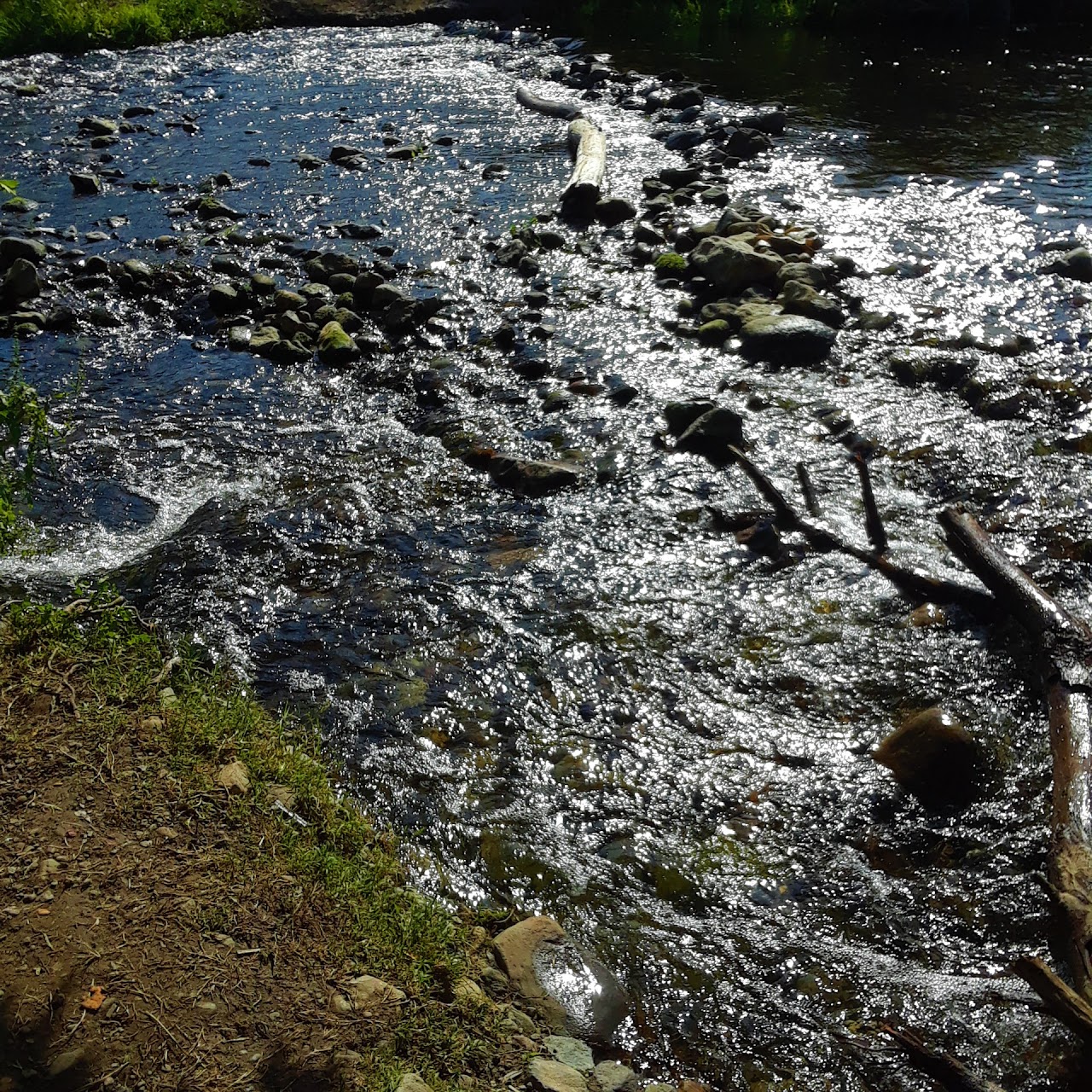
What’s your water footprint?
People use lots of water for drinking, cooking and washing, but even more for producing things. The water footprint of an individual, business or nation is defined as the total volume of freshwater (surface, groundwater and soil water) that is used to produce the goods and services consumed.
A water footprint consists of two parts: the use of domestic water resources (internal) and the use of water outside the borders of the country (external).
A stream in southern California in the spring season. Photo: Esther Chase
Test your water knowledge!
Question 1: What is the water footprint of the following? Match the numbers to the letters:
- 1. The production of one kilogram of beef.
- 2. The production of one cup of coffee.
- 3. The water footprint of China per year per capita.
- 4. The water footprint of the USA per year per capita.
- A. 700 cubic meters
- B. 16,000 liters
- C. 140 liters
- D. 2500 cubic meters
Question 2: The global internal water footprint is 84%. Which uses the most water?
- agricultural products
- industrial products
- domestic water consumption
Answers: Question 1: 1(B); 2(C); 3(A); 4(D). Question 2: Agricultural products account for 73% of the internal water footprint; industrial products, 6%; domestic water consumption, 5%.
Source: waterfootprint.org. Read the report through the link to compare nations and products.
Writing: Margaret Hedderman
Subcommittee Feature: Water Affordability
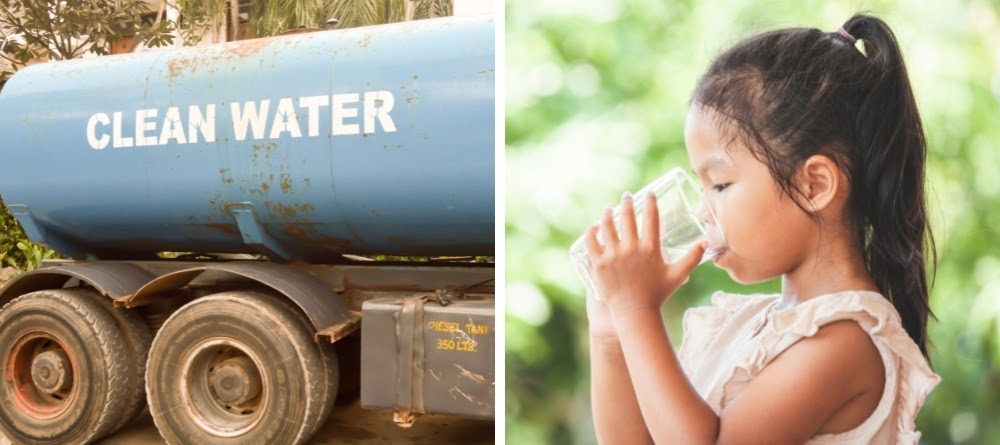
Photos: Canva
As our national Water Sentinels team grows, our subcommittees have developed specific areas of focus. Each subcommittee has a written a statement of purpose and we are delighted to highlight Water Affordability in this issue.
THE PROBLEM Most people in our country have safe, reliable, and affordable water services, but there are millions of people who do not. Some places have never had adequate water and wastewater infrastructure, while other places struggle with aging systems, unaffordable rates, and poor water quality.
THE SOLUTION The Water Affordability subcommittee works on a critical issue that needs action at every level of government. Aging infrastructure, rising costs, increasing economic segmentation, and toxins in the drinking water have adversely affected water utilities and the low-income customer. Water affordability policies, regulations, and infrastructure funding will ensure that all people have an equitable share of access to safe drinking water while protecting the environment.
Learn more about our vision and mission, plus find out how to contribute to our work.